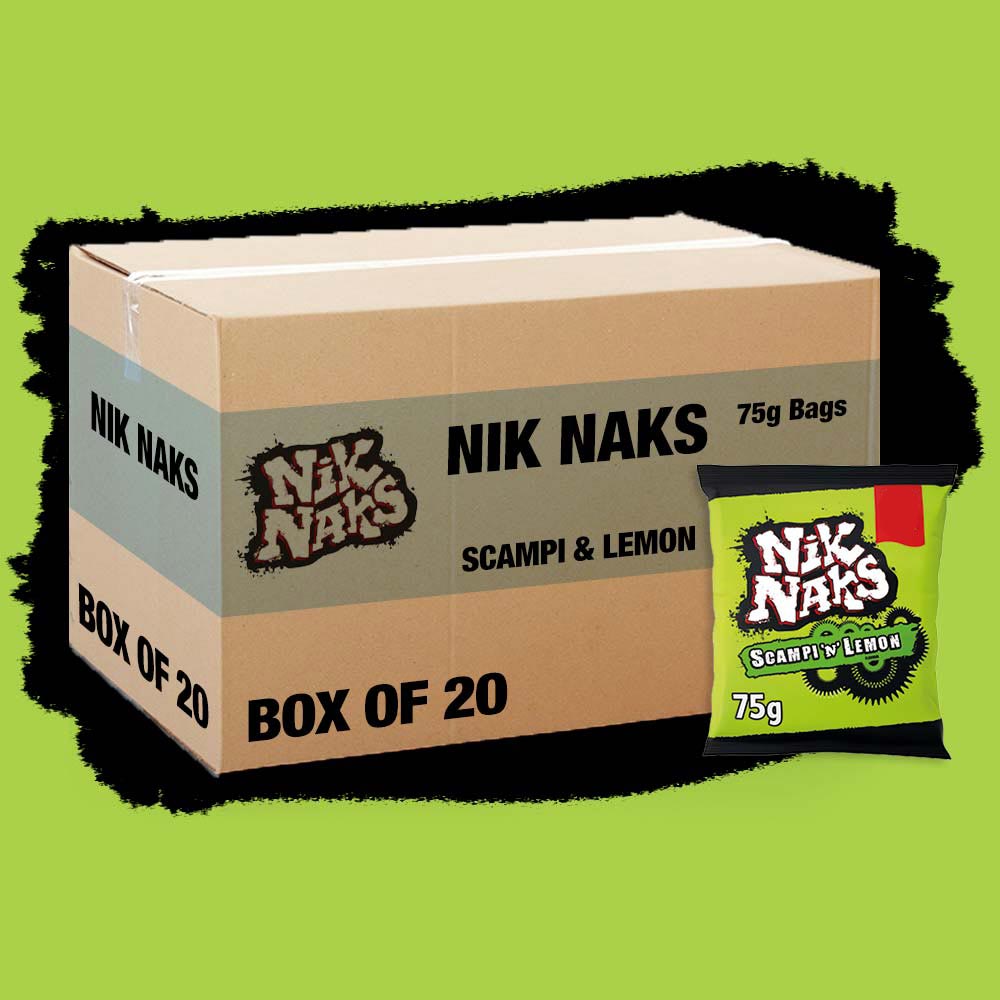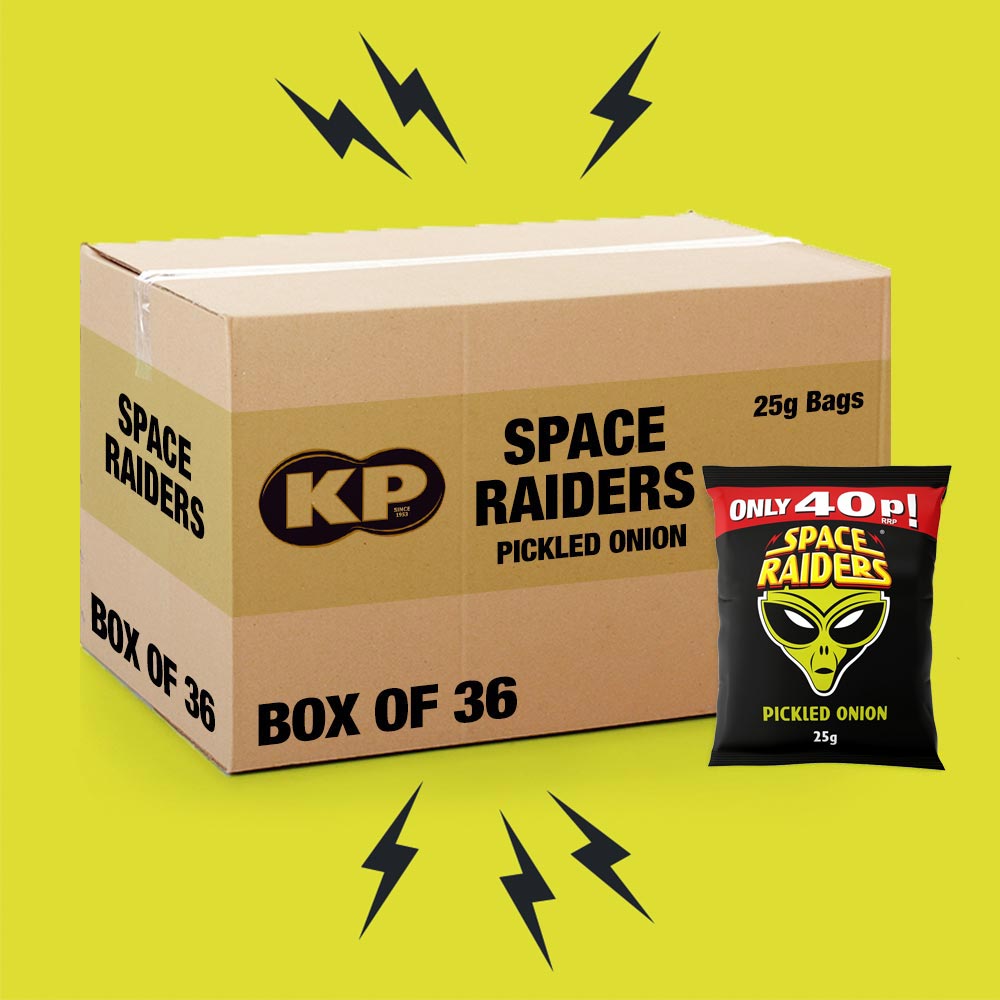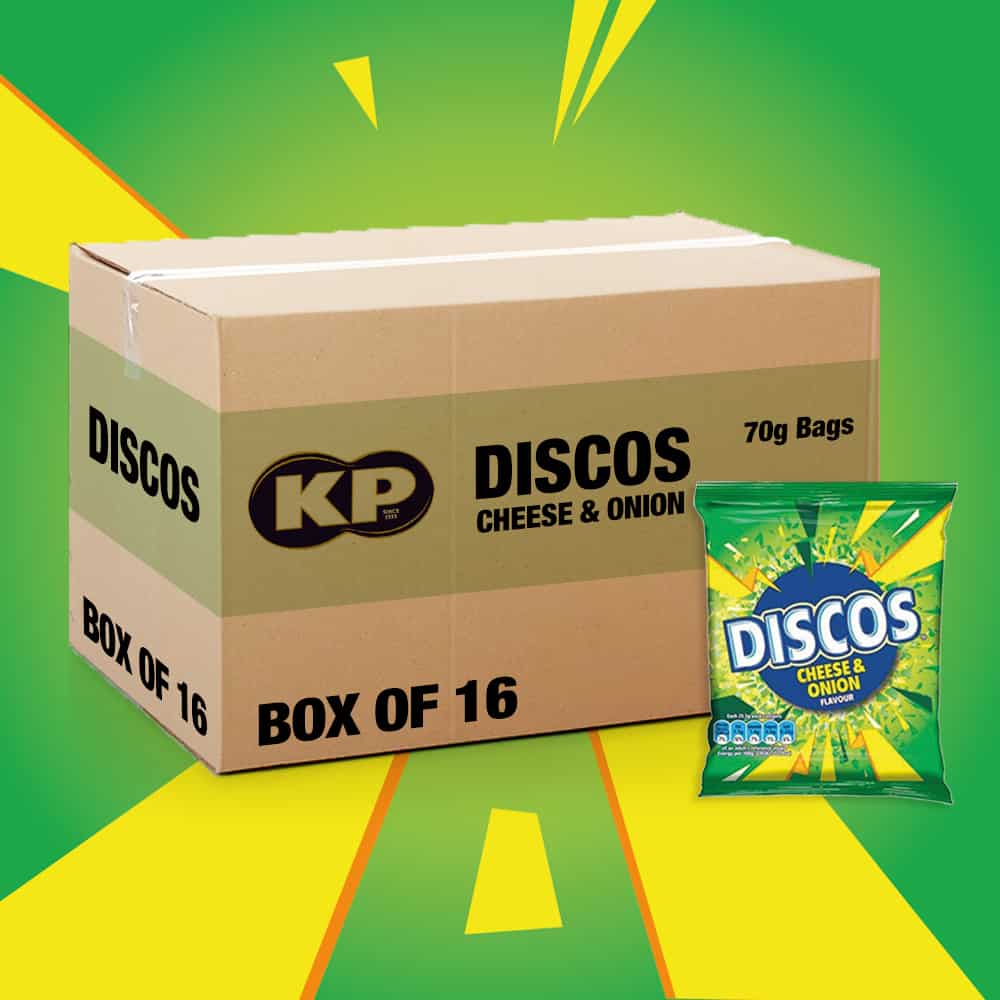Nobody likes a half empty bag of crisps so why are bags of crisps always half full? Let’s investigate and find out…
Crisps, also known as potato chips in some parts of the world, are a beloved snack that can be found in almost every corner of the globe. They come in various flavours, shapes, and sizes, and are often sold in bags. However, a common observation that many consumers have made is that crisps bags are often only half full. This has led to much speculation and confusion among consumers, who are left wondering why this is the case. In this article, we will explore the reasons behind why crisps bags are often only half full.

Why Are Bags Of Crisps Always Half Full?
The first reason why crisps bags are often only half full is due to the nature of the manufacturing process. To create crisps, potatoes are sliced into thin strips and then fried in oil. During the frying process, the potato slices expand, which means that they take up more space than they did before they were fried. Manufacturers take this into account when packaging crisps by using bags that are larger than necessary to accommodate the expanded crisps.
However, the excess space in the bag is intentional, as it serves a number of purposes. Firstly, the extra space provides a cushioning effect that helps to protect the crisps from getting crushed during shipping and handling. Secondly, the extra space allows for air to be added to the bag, which helps to keep the crisps fresh. The air inside the bag acts as a cushioning layer, preventing the crisps from coming into contact with each other and becoming stale. Finally, the extra space in the bag allows for the addition of a desiccant, which is a substance that absorbs moisture and helps to prevent the crisps from becoming soggy.
Reduces The Packaging Costs
Another reason why crisps bags are often only half full is due to the cost of packaging. It is more cost-effective for manufacturers to use larger bags that can accommodate a variety of products than it is to use multiple smaller bags for each type of crisp. By using larger bags, manufacturers can streamline their packaging process and save money on materials and labor costs.
Furthermore, larger bags also have a psychological impact on consumers. Research has shown that people are more likely to perceive a product as being of higher value if it is packaged in a larger container. By using larger bags, manufacturers can create the perception that consumers are getting more value for their money, even if the actual amount of crisps in the bag is less than what they would expect.
Bigger Bags Stand Out On The Shelves
Another factor to consider is the marketing and branding of the crisps. Crisps manufacturers invest heavily in advertising and brand awareness campaigns to attract new customers and retain existing ones. The packaging of crisps is an essential component of this marketing strategy, as it helps to convey the brand’s image and values. By using larger bags, manufacturers can create a sense of luxury and indulgence that appeals to consumers who are looking for a premium snack experience.
In addition to the factors mentioned above, there are also environmental considerations that come into play when packaging crisps. The excess space in crisps bags allows for more significant and sturdier bags that are less likely to tear or break during shipping and handling. This, in turn, reduces the need for additional packaging and reduces the environmental impact of the manufacturing process. Additionally, the use of air in the bags helps to reduce the overall weight of the packaging, which can lead to lower transportation costs and reduced emissions.
In conclusion, there are several reasons why crisps bags are often only half full. The excess space in the bag serves a functional purpose by protecting the crisps from getting crushed and helping to keep them fresh. It also serves a marketing purpose by creating the perception that consumers are getting more value for their money. Furthermore, the use of larger bags can reduce packaging costs, lower transportation emissions, and reduce the environmental impact of the manufacturing process.












